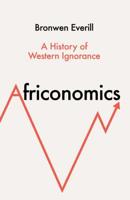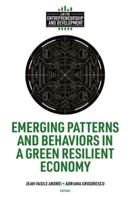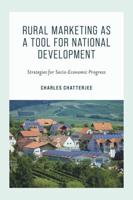Publisher's Synopsis
This book is an investigation into China's reform process during the period 1979 to 1987, with especial reference to the effect of the process on the industries (mostly manufacturing) that are still owned by the state. The data on which this book is based results from a large-scale study in which the authors collaborated with the Institute of Economics of the Chinese Academy of Social Sciences in Beijing. This was a survey of the managers of about 380 enterprises, documenting their responses to the new environment created by the reforms. The statistical information gained has been used as the basis for detailed econometric analysis. This book analyses, drawing on the authors' expertise in industrial economics, virtually every aspect of enterprise behaviour - production and costs, employment, profit margins and profitability, finance, investment decisions, and autonomy. It asks whether the reform programme was successful in the state-owned sectors, and concludes that the answer is a qualified `yes', and that in many respects the enterprises began in the eighties to behave like Western firms. Hay and Morris also construct a model of Chinese state-owned enterprise, and use it to simulate the results of further reform programmes. The authors conclude that state-ownership remains a major constraint on market-led behaviour and efficiency. They argue that the next stage of reform must be to transfer these large enterprises to share- rather than state-ownership.









